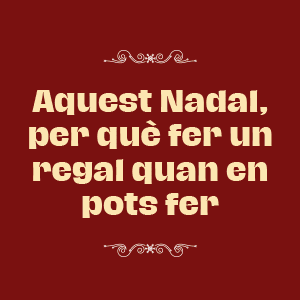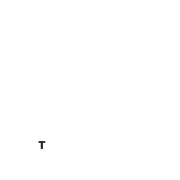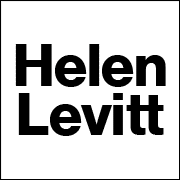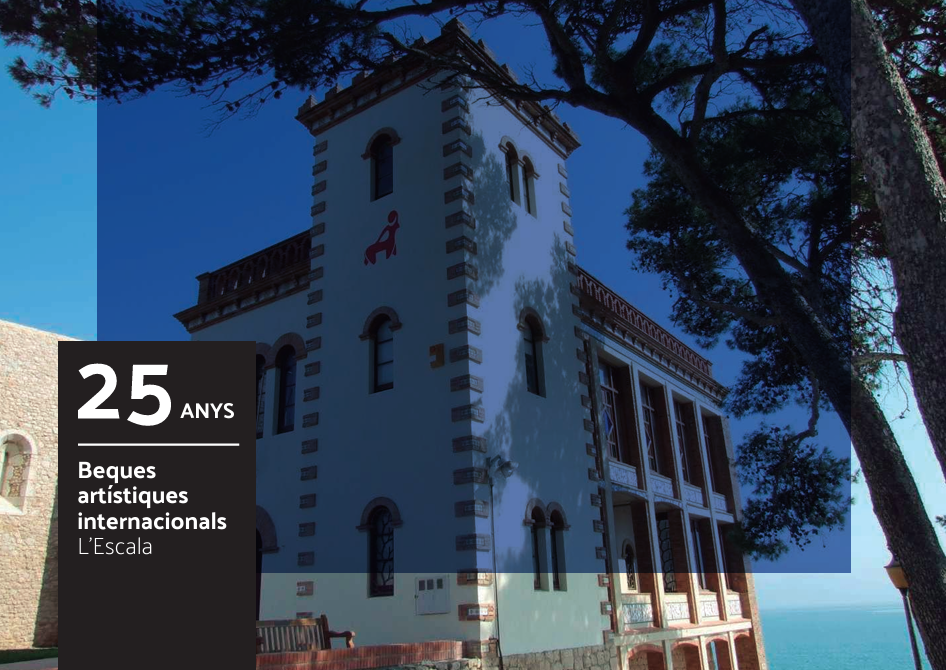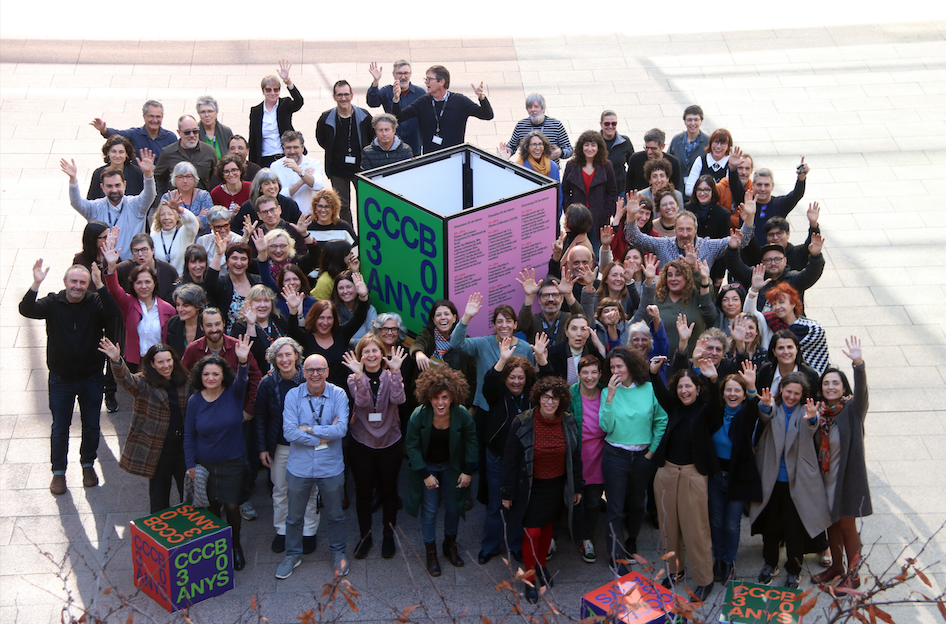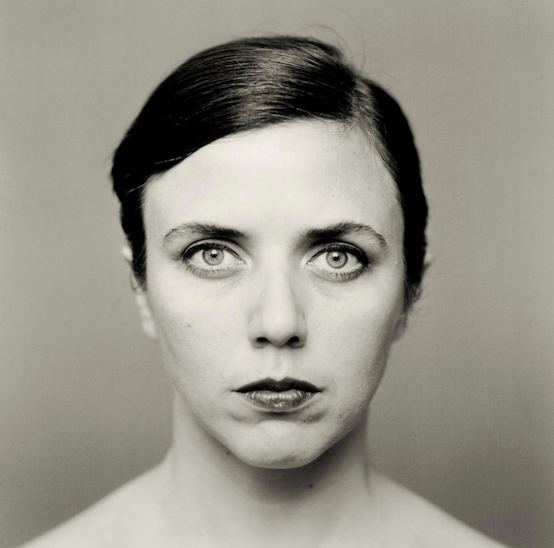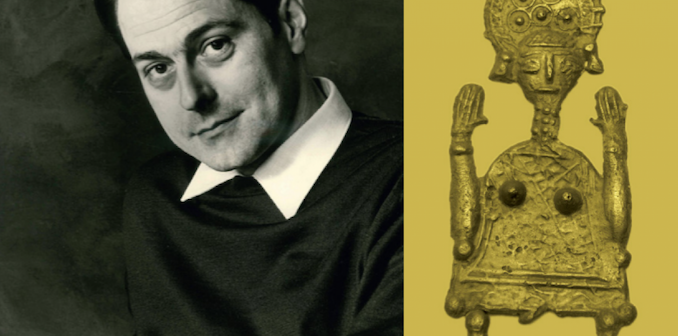Exhibitions
The MNAC presents 'The lost mirror. Jews and converts in the Middle Ages'
The fronts of Vallbona de les Monges, the Fountain of Life from van Eyck's workshop or the altarpieces made by Pedro Berruguete for Santo Tomás de Ávila, among many other masterpieces, can be seen next to the Cantigas of Alfonso X on Savi, the Golden Haggadah or the Fortalitium Fidei.
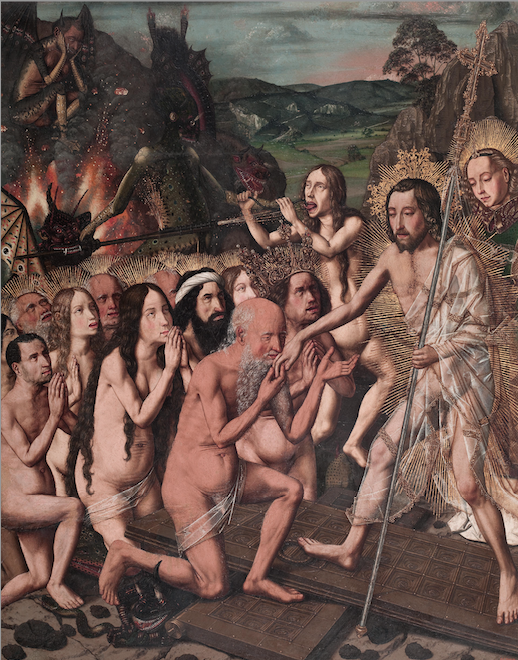
The National Museum of Art of Catalonia and Museo Nacional del Prado organize the exhibition The Lost Mirror. Jews and converts in the Middle Ages. This exhibition presents a unique set of works by masters of Gothic painting such as Pedro Berruguete, Bartolomé Bermejo, Fernando Gallego or Bernat Martorell, which come from around thirty museums, libraries, churches, archives and private national collections and international
Curated by Joan Molina Figueras, this exhibition is the first major exhibition that analyzes the relationship between Jews, converts and Christians in the peninsular kingdoms during the Middle Ages. Recover a mirror: the portrait of Jews and converts conceived by Christians between 1285 and 1492.
During this time, images played a fundamental role in the complex relationship between these three groups. If, on the one hand, they were an important means of transferring rites and artistic models between Christians and Jews, on the other, as a dark reverse, they contributed to spreading the growing anti-Judaism that was nesting in Christian society.
In this area, the visual stigmatization of the Jews was a faithful reflection of the Christian mirror, of their beliefs and anxieties; a powerful instrument of identity affirmation. After the massive conversion of Jews to Christianity as a result of the pogroms of 1391, cult images were at the center of the controversy, until they became a test to affirm the sincerity of the new Christians or, on the contrary, to accuse to Judaize them.
The extent of these unfounded suspicions of Judaizing heresy lies at the basis of the foundation of the Spanish Inquisition in 1478. Aware of the power of images, the new institution made extensive use of them, whether to design powerful scenographies or to define formulas for the visual identification of converts.
The exhibition presents a set of works and programs that are absolutely unique in Europe, which correspond to very special circumstances that determined the interreligious relations that took place in the peninsular kingdoms between the 13th and 15th centuries. These are the images that stimulate conversion and justify the sincere decision of new Christians. Equally original are the images from the early days of the Inquisition, both the scenographies for the churches and the propaganda works. The works presented come from around thirty national and international museums, libraries, churches, archives and private collections.
Although many stand out for their aesthetic component, and that among the authors we find Gothic masters such as Pedro Berruguete, Bartolomé Bermejo, Fernando Gallego or Bernat Martorell, the exhibition also presents a set of pieces made beyond the canons of the history of styles, such as caricatures, vignettes, engravings or bizarre sculptures, with the aim of offering the most complete and rigorous possible view of a subject that we can only approach from a perspective that transcends the traditional boundaries of the history of the art. The images in this exhibition remind us that, although difference exists, otherness is constructed.


